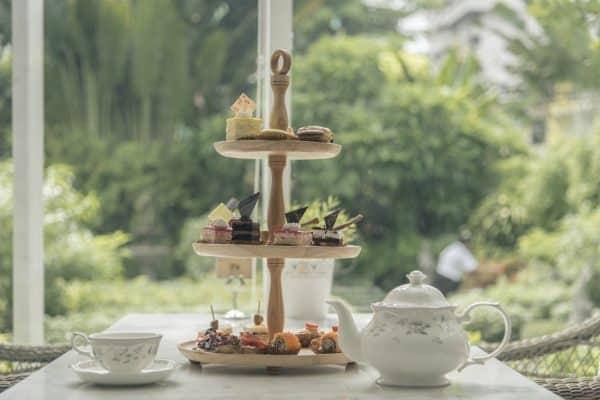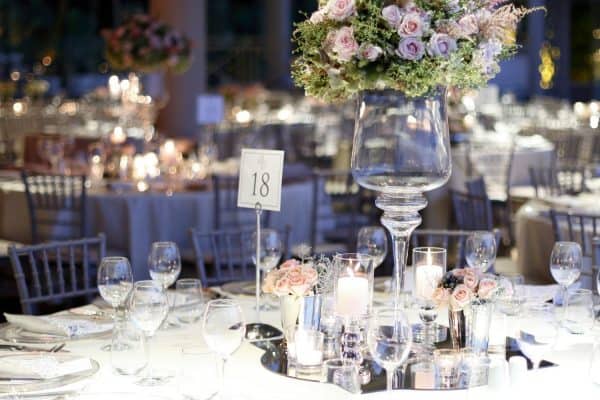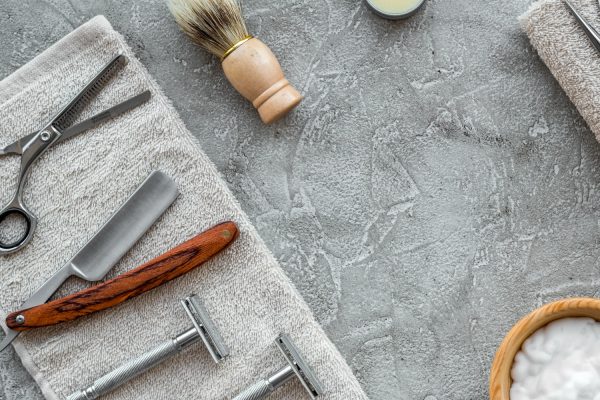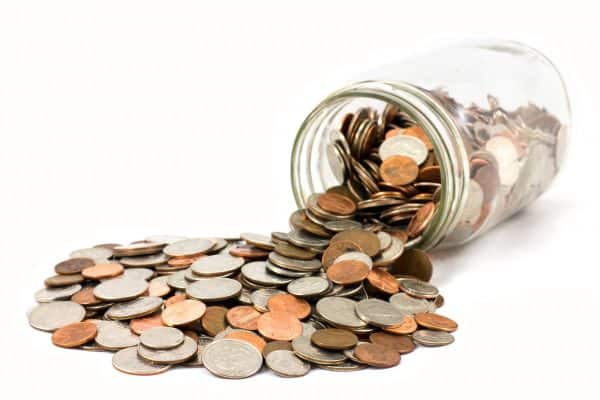Fresh herbs in a recipe often make the difference between a tasty meal and a downright delicious one. But, buying herbs by the bunch as and when you need them isn’t the cheapest way to buy them, and once you get a taste for them, it certainly isn’t the most cost-effective way to use them regularly. Growing your own herb garden is not only the cheapest way to have an endless supply on tap for all your culinary needs, it’s easy, too! With our guide, you’ll have a herb garden growing in no time!
How to quick-start your herb garden
If you don’t have the patience to grow plants from seeds, then buying young herb plants from a supermarket or garden centre at around £1 a pop is a great way to kick-start your garden and have herbs you can use straight away. It’s also kinder to your wallet – seeds can be as much as twice or three times the price of young plants from a supermarket! Simply take your supermarket herb plants and re-plant them into bigger pots. Just make sure you either keep the labels so you know which is which, or create your own markers so you can tell your herbs apart!
Grow herbs with similar needs together
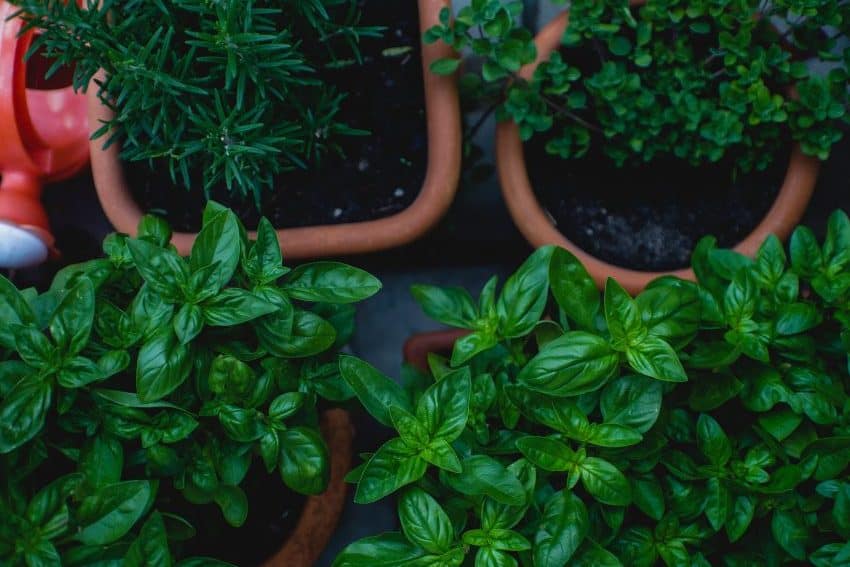
As with all plants, different herbs like different amounts of light and water. So, it makes sense to group the herbs in your herb garden together in pots based on their preferences. This is how we’d group our herbs, and what trait it is that makes them perfect bedfellows.
Pot 1: Rosemary, thyme and sage
These three woody herbs make up three of the four herbs from the old “Scarborough Fair” rhyme, which is as good a reason as any to put them together in our book. Being serious, though, they all hail from the Mediterranean, so are perfectly happy in drier soil and like to have a nice sunny view to look out at. These three are perfect for a windowsill herb garden but will also do well outdoors in a window box or larger planter.
Pot 2: Basil, parsley and coriander (or cilantro)
This trio love a drink, so they’re best kept together in soil that’s watered regularly to keep them good and moist. If you have a big enough pot to make this a foursome, you could also add tarragon in here. Tarragon’s a herb that doesn’t get enough love in our opinion – it creates a flavour sensation when paired with chicken in a creamy sauce. A chive plant is another good option for this pot as it does well in all sorts of conditions, and doesn’t mind being in the shade.
Pot 3: Mint
Given a chance, mint is a herb that will steal the show. And we don’t just mean as a herb to add to food. If you plant it alongside other herbs in a pot, it will do its best to squeeze them out taking all their space and sunshine.
Pot 4: Lemon verbena and lemon thyme
If you want a pot that smells as good as it tastes, this is the herb combination for you. Both plants like a loose, well-drained soil to grow in, and are big sun-worshippers. So, a sunny windowsill is the perfect place to put them for the best lemon-y herbs you could ask for from a herb garden.
Indoors or outdoors?
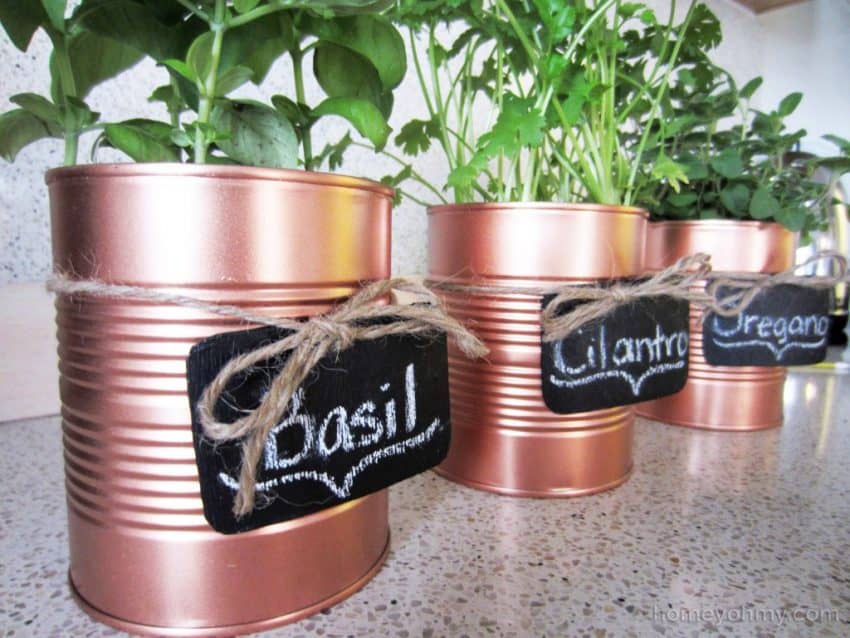
Image credit: homeohmy.com
One of the best bits about starting an at-home herb garden is that you can do it whether you have any outside space or not. Herb gardens are an ideal project for green-fingered city dwellers who have limited outdoor space but an urge to grow something. You can grow herbs in anything from straight up soil, to large outdoor garden containers, to window-boxes on a balcony to a sunny windowsill or vertical wall planter. This versatility means a herb garden also fits almost any budget. Most herbs, coming from more tropical climes than the UK, like a lot of sunshine, so positioning them somewhere south-facing, where they’ll get most of the day’s sun, is ideal. Whether this is outdoors or indoors is really of no consequence when it comes to successfully growing herbs.
Here at Good Vibes, we love a good meal, and when we find a good recipe we like to pass it on. Make sure you read around our Budget Living section to find all our favourite recipes for cooking on a budget.


